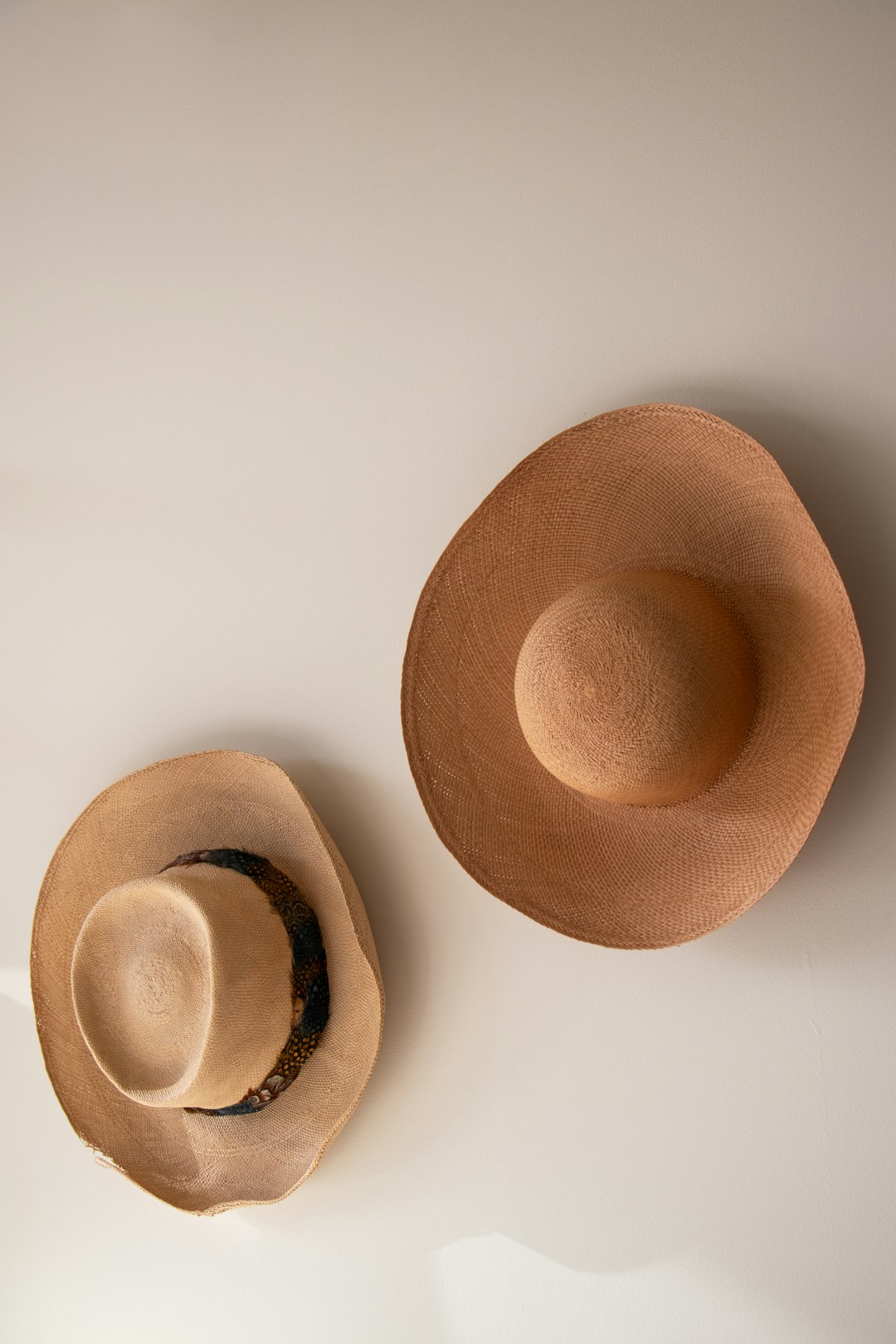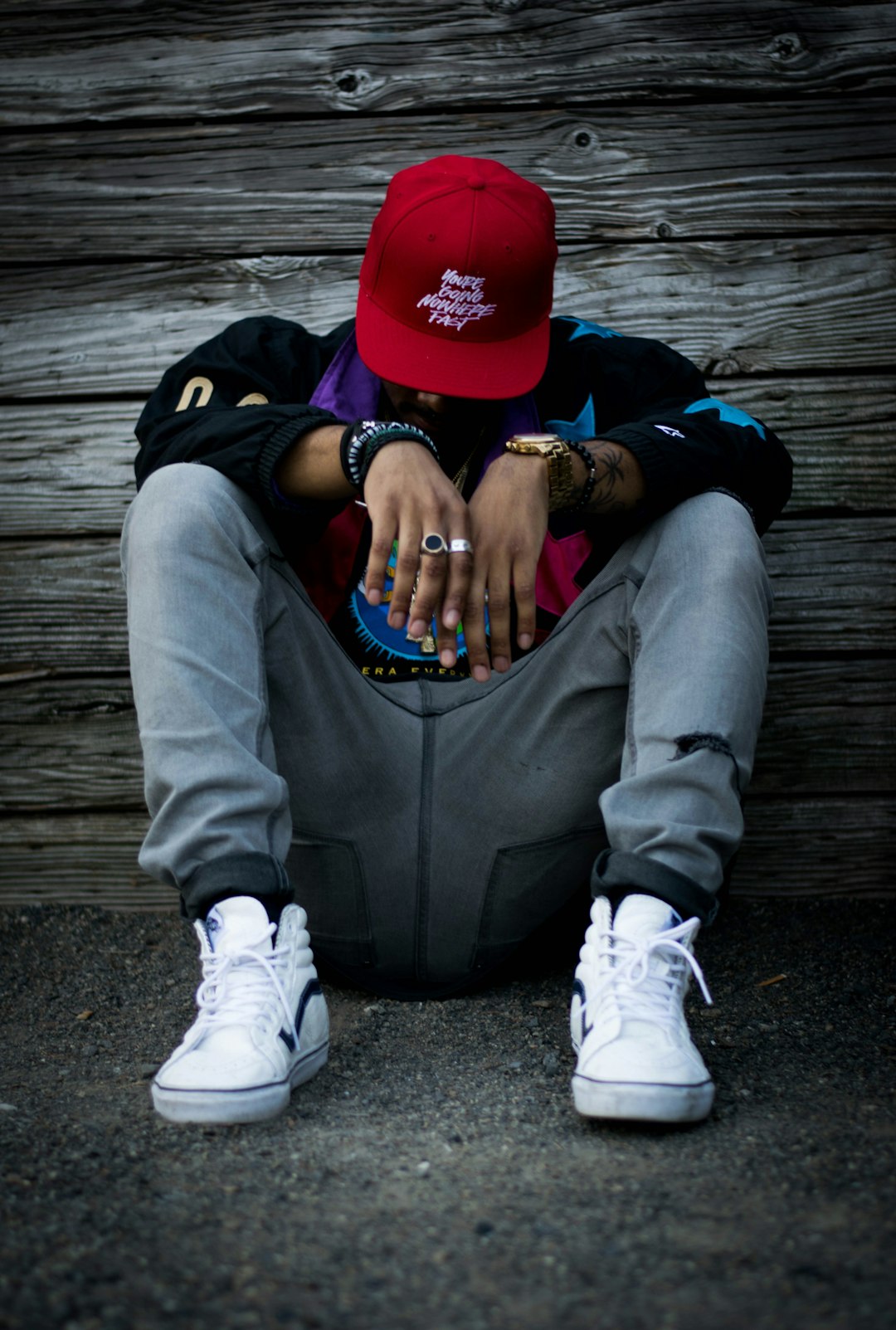Hats have been worn for centuries, and their purpose has evolved dramatically over time. Initially created for practical reasons, hats have transformed into a vital fashion accessory. This blog post explores how hats transitioned from their functional origins to becoming essential pieces of modern fashion.
Historical Significance of Hats
Hats served a wide variety of functions in history—from protection against the elements to social status indicators. For instance, the wide-brimmed hats of the 17th century were worn not only for protection against the sun but also as a sign of wealth and prestige. Similarly, the top hat became a symbol of respectability and social class in the 19th century.
Hats in Fashion
As fashion evolved, so did the hat. The rise of haute couture and the influence of fashion icons like Coco Chanel and Christian Dior brought hats into the mainstream. Their designs reflected the changing values and aesthetics of each era, from the sleek cloches of the 1920s to the oversized hats seen in the 1960s.
Contemporary Trends in Hat Fashion
Today, hats are worn for both function and style. From bucket hats to fedoras, there’s a hat for every occasion. This section will explore how modern fashion has embraced hats as a statement piece. Whether it’s the resurgence of retro styles or the rise of minimalistic designs, hats continue to play a crucial role in completing a look.
Conclusion
Hats may have started as practical items, but today, they are much more than that. They’re an expression of personal style and an essential accessory in any wardrobe. Understanding their evolution helps us appreciate the intricate relationship between fashion and function.


